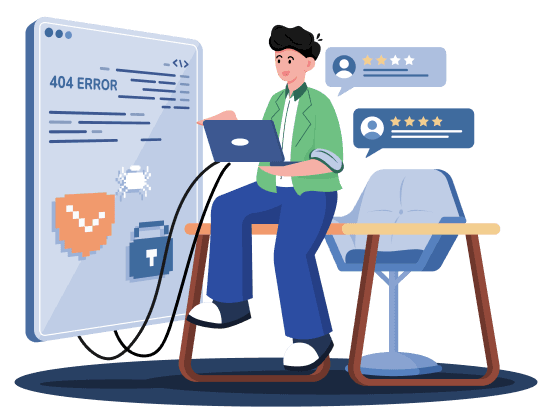Please accept cookies for the best website experience. By clicking 'Accept and continue', you agree to the use of all cookies as described in our Cookie Statement. You can change or withdraw your cookie consent at any time.

ISO 31000 Overview
ISO 31000 is an international standard that provides guidelines and principles for effective risk management. Developed by the International Organization for Standardization (ISO), ISO 31000 offers a comprehensive framework to help organizations identify, assess, treat, and monitor risks in a systematic and structured manner.
The standard emphasizes a proactive approach to risk management, encouraging organizations to consider both internal and external factors that may impact their objectives. ISO 31000 recognizes that risk is inherent in every aspect of an organization's activities and seeks to establish a risk management process that is integrated into its overall governance and decision-making processes.
Key elements of ISO 31000 include risk identification, risk analysis, risk evaluation, risk treatment, and risk monitoring and review. It promotes a risk management culture that fosters continual improvement and learning from past experiences. The standard is applicable to organizations of all sizes, sectors, and types, enabling a broad range of industries and sectors to benefit from its guidance
ISO 31000 helps organizations make informed decisions, prioritize resources, and effectively allocate risk management efforts. By implementing the standard, organizations can enhance their ability to anticipate and mitigate risks, seize opportunities, improve operational resilience, and achieve their objectives more consistently.
Overall, ISO 31000 provides a globally recognized framework for risk management that enables organizations to adopt a proactive and systematic approach to managing risks, leading to improved decision-making and overall performance.
At Vinsys, we encompass ISO 31000 consulting and implementation support. This includes understanding your organization's context, mapping enterprise risks, prioritizing risks, conducting risk assessments, providing risk management options, developing a risk dashboard, enforcing controls, offering policy/documentation support, and delivering training and coaching for chief risk officers, teams, and employees.
What is the methodology for achieving successful implementation?
The methodology for successful implementation consists of six stages:
 1Leadership initiative
1Leadership initiativeLeadership plays a crucial role in driving the implementation process and gaining organization-wide visibility
 2Defining parameters
2Defining parametersDetermine the scope of risk addressed and decide whether to start with the entire organization or limit it to critical teams or locations.
 3Conduct risk evaluation
3Conduct risk evaluationIdentify stakeholders, business teams, resources, and assets within the chosen context. Develop a risk register and evaluate threats and opportunities.
 4Execution and performance tracking
4Execution and performance trackingDefine people, processes, and technology. Develop a program charter to implement and embed risk management practices into the organization's culture.
 5Independent assessment
5Independent assessmentVerify successful implementation and integration of ERM principles into the business life cycle.
 6Executive reporting
6Executive reportingAlign reporting with Stage 1. Implement a formal reporting process to measure performance and assess the effectiveness of providing anticipated business benefits.
Keep In Touch with us


